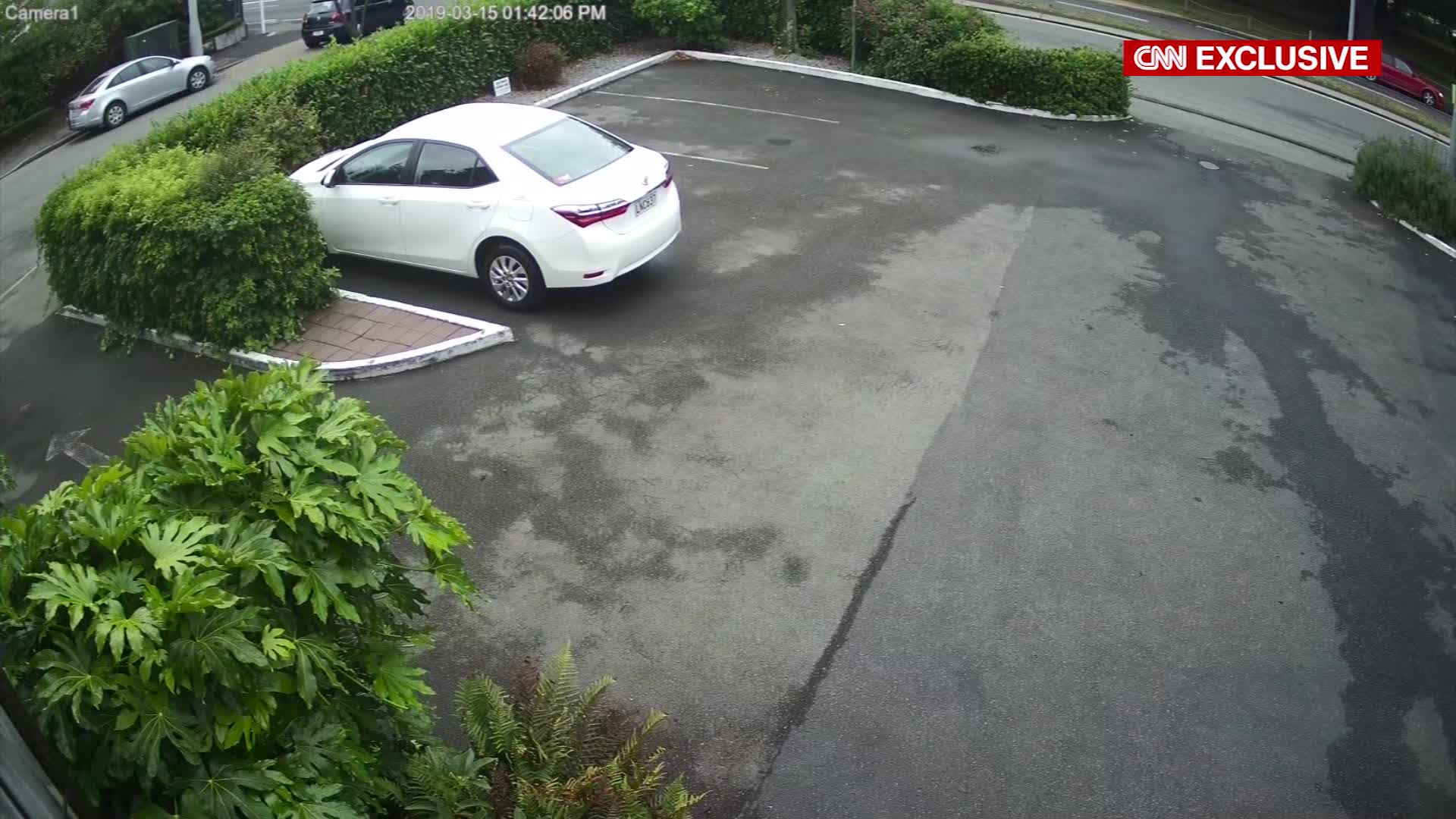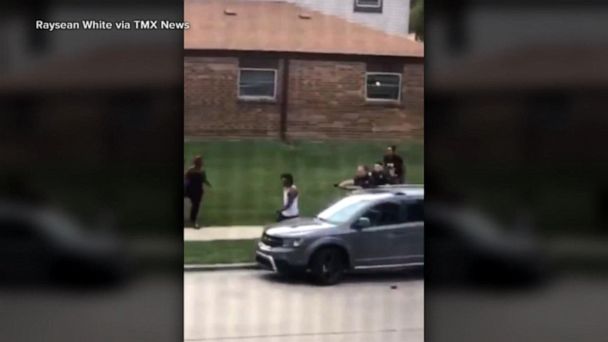

accompanied shocking imagery with morbid news, essays and a reference “library” of dark esoterica.

Some shock sites presented photos and videos of death and violence in the manner of (and sometimes alongside) pornography. Its launch corresponded with the shutdown of its predecessor, Ogrish, on Halloween of 2006, at site that had, along with sites like and Stile Project, openly reveled in the prurience of what it was sharing. It positions itself as an unfiltered companion to the mainstream media, but Liveleak has its roots in the culture of “shock” or “gore” sites. Now nearly 15 years old, it still gets between 16 and 20 million unique visitors a month, with surges accompanying a rare viral sensation (a video of a plane landing sideways in heavy wind) or, more often, a spasm of well-documented violence. Since 2006, under the tagline “Redefining the Media,” the site has functioned as a smaller, grislier YouTube, with a stated emphasis on news-adjacent footage that depicts war, crime or terrorism. Liveleak isn’t the sort of site where you just happen upon something horrific horrific videos are what its users, dedicated or casual, come there to see. “We fully understand some people will be very unhappy with this decision.” “We’ve received no small number of complaints regarding the fact we will not carry the video,” the website said in a post. Liveleak, however, was far more frank about its users’ desires.

Liveleak, a YouTube-style video site, compared the shooting video to the “glossy promo videos for ISIS” and said that it wouldn’t “indulge” the shooter by hosting his recording. Reddit banned a community called WatchPeopleDie, which had been active for the last seven years and attracted more than 400 thousand subscribers, after some of its volunteer moderators, already under increased scrutiny, refused to take down copies of the Christchurch attack. People wanted to share this.Įlsewhere online, other platforms were also scrambling. But its other explanations suggest the company was also thwarted by a much larger and less organized group: the Facebook users behind the rest of that 1.5 million - the people who, as the company said, might have been “filming the broadcasts on TV, capturing videos from websites, filming computer screens with their phones, or just re-sharing a clip they received.” It can gesture blame, as it did, at “coordination by bad actors” who seek to re-share the video with as many people as possible. (The company also acknowledged criticism that it should have done a better job.)įacebook can explain why such a video isn’t welcome on its platform, and how they removed it. On March 20, the company elaborated on its efforts, explaining that existing “content matching” systems and artificial intelligence hadn’t been able to stop the video’s spread because the content itself had morphed so many times. “In the first 24 hours we removed 1.5 million videos of the attack globally, of which over 1.2 million were blocked at upload,” Facebook said publicly on March 16. This, Facebook said, was among the reasons the company couldn’t quickly eliminate the footage from its platform, which the killer chose as his medium for his broadcast. The recording was made with that intention - to spread. The video of the Christchurch mosque killings portrays the murder of innocent people from the perspective of their killer, who also used it to disseminate his racist motivations and genocidal worldview.


 0 kommentar(er)
0 kommentar(er)
